Dividing Astilbe Plants: How To Transplant Astilbe In The Garden
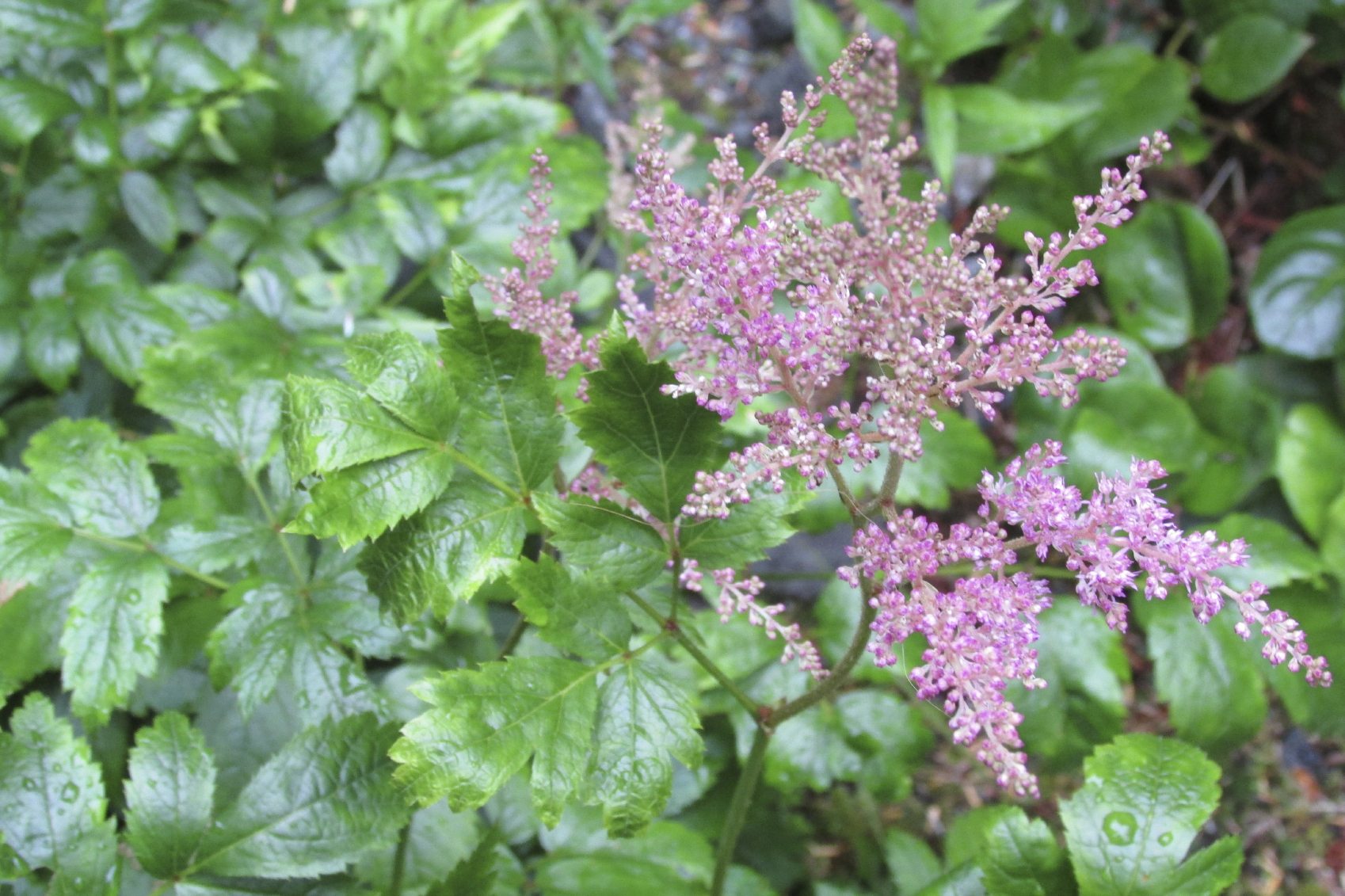

Most perennial plants can be divided and transplanted, and astilbe is no exception. You don’t need to think about transplanting astilbe or dividing astilbe plants every year but calendar the task for every two to four years. For more information on dividing astilbe plants, read on.
Astilbe Transplanting
You can transplant most flowers, including astilbe, whenever you want to give them more advantageous positions in the garden. Moving astilbe plants is the right thing to do when the flowers have been planted in inappropriate spots or have been overshadowed by neighboring plants. Perennials that bloom in the spring, including astilbe, should be transplanted in late summer or fall. This is the right time to divide too, if necessary.
Dividing Astilbe Plants
Astilbe, like many perennials, can be divided if the root clump gets too large. Astilbes do best when they are divided about every three years. This means that you dig up the plant’s root ball and literally divide it by cutting it into several pieces. Dividing astilbe plants is good for the plants because it eliminates the formation of overcrowded clumps, and helps the plants stay healthy. The new plants created by dividing astilbe plants can be transplanted to other garden flower beds.
How to Transplant Astilbe
When transplanting an astilbe, whether or not you divide the clump, you want to reduce the plant’s shock by making sure to site it in good soil and be generous with irrigation. If you want to know how to transplant an astilbe, start by watering the plant thoroughly until the soil is completely saturated. This is an important step in astilbe transplanting since watering loosens the roots, making it easier to remove them from the ground. Before you start astilbe transplanting, dig generous holes for the transplants. The holes should be some 8 inches (20 cm.) deep and as wide as the root balls of the new transplants. The next step in moving astilbe plants is to shovel out the root balls, working a few inches (8 cm.) away from the plant. Remove the astilbe plant from the soil, keeping the root ball attached to the plant. Slice through the roots with a sharp shovel blade, cutting from the top. Create at least four transplants from each plant. Replant each in a prepared hole, then repack the soil around it. Water the plants well.
Gardening tips, videos, info and more delivered right to your inbox!
Sign up for the Gardening Know How newsletter today and receive a free copy of our e-book "How to Grow Delicious Tomatoes".

Teo Spengler is a master gardener and a docent at the San Francisco Botanical Garden, where she hosts public tours. She has studied horticulture and written about nature, trees, plants, and gardening for more than two decades. Her extended family includes some 30 houseplants and hundreds of outdoor plants, including 250 trees, which are her main passion. Spengler currently splits her life between San Francisco and the French Basque Country, though she was raised in Alaska, giving her experience of gardening in a range of climates.
-
 Types Of Tomatoes Explained: Explore The Many Wonderful Shapes, Colors, Flavors, & Best Uses
Types Of Tomatoes Explained: Explore The Many Wonderful Shapes, Colors, Flavors, & Best UsesThe world of tomato varieties is vast and fascinating. Learn about the key types to grow in your garden, tailored to your preferences and space.
By Amy Grant
-
 Try The Trend – Turn Any Bed Into A Keyhole Garden With This Clever In-Ground Composter
Try The Trend – Turn Any Bed Into A Keyhole Garden With This Clever In-Ground ComposterKeyhole gardening is an efficient and sustainable practice that saves space. Get started on this DIY project quickly and easily with an in-ground composter.
By Bonnie L. Grant
-
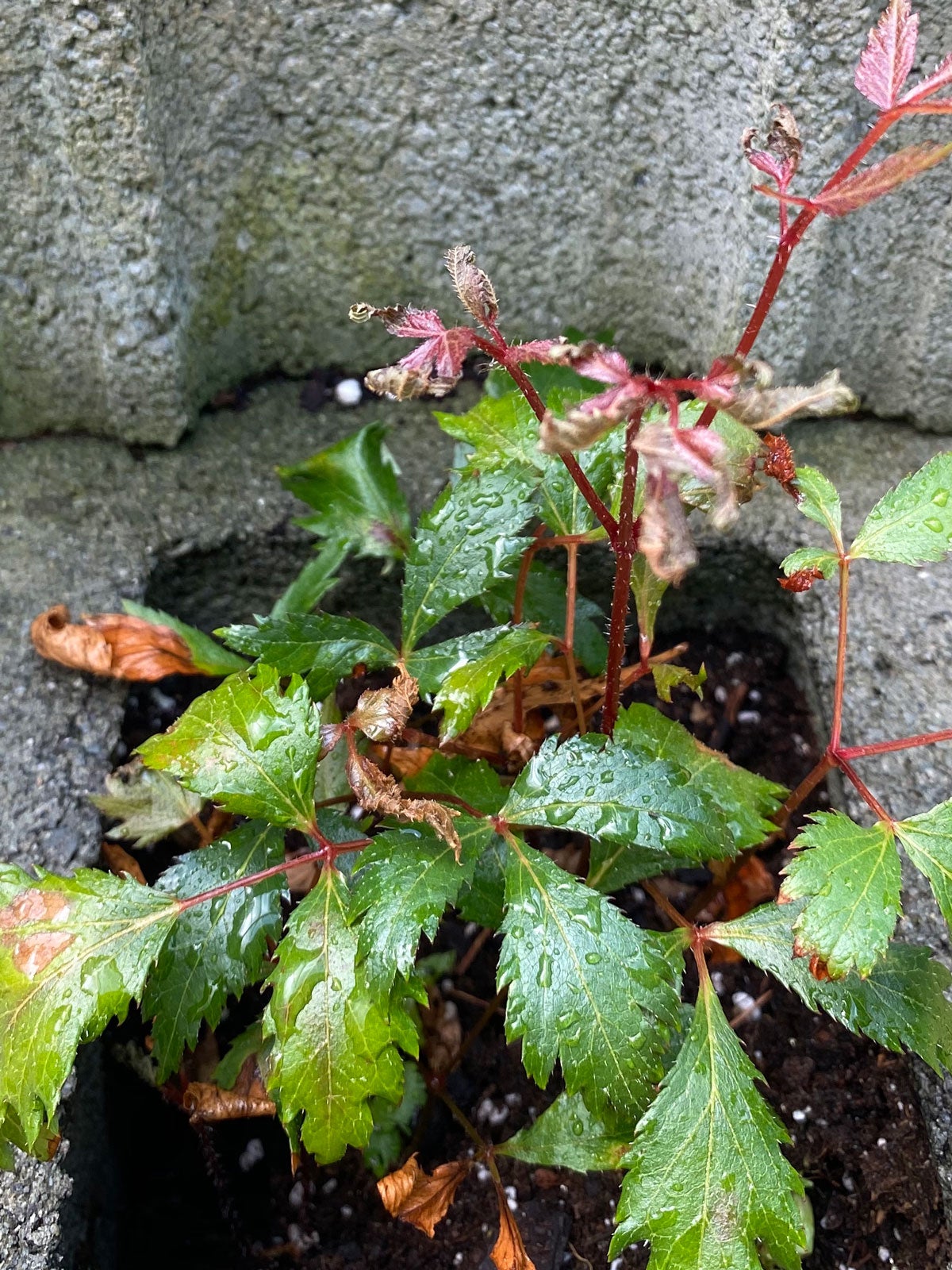 Astilbe Is Turning Brown: Troubleshooting Brown Astilbes
Astilbe Is Turning Brown: Troubleshooting Brown AstilbesBrowning astilbe can certainly mar your garden. Find out here why your astilbe is turning brown and what you can do to prevent or fix it here.
By Mary Ellen Ellis
-
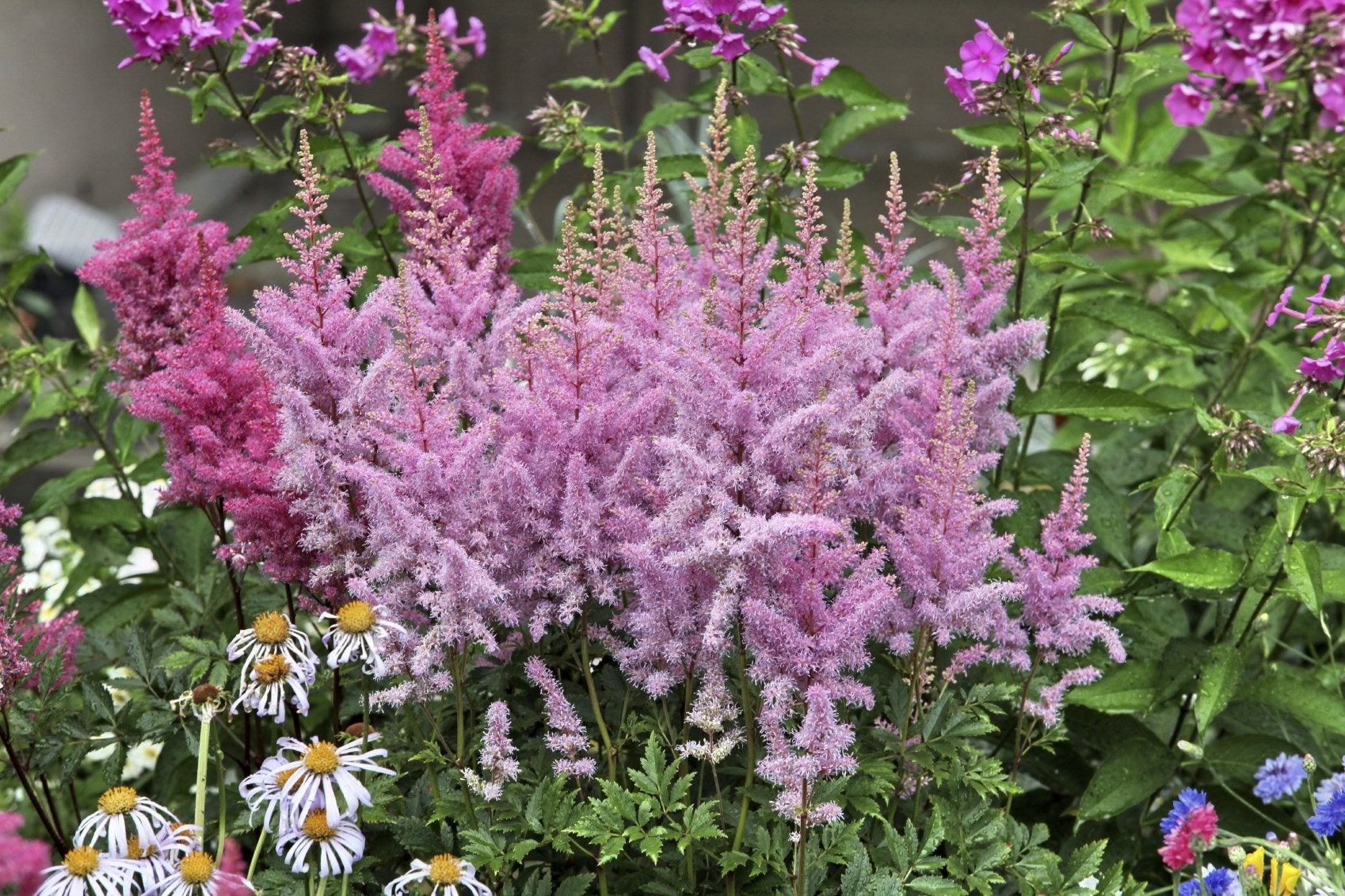 Bloom Time For Astilbe Plants: When Does Astilbe Bloom
Bloom Time For Astilbe Plants: When Does Astilbe BloomWhen does astilbe bloom? Astilbe plant bloom time is usually a phase of time between late spring and late summer depending on the cultivar. Learn more about the blooming of astilbe in this article to ensure more of these flowering plants in your garden.
By Karen Boness
-
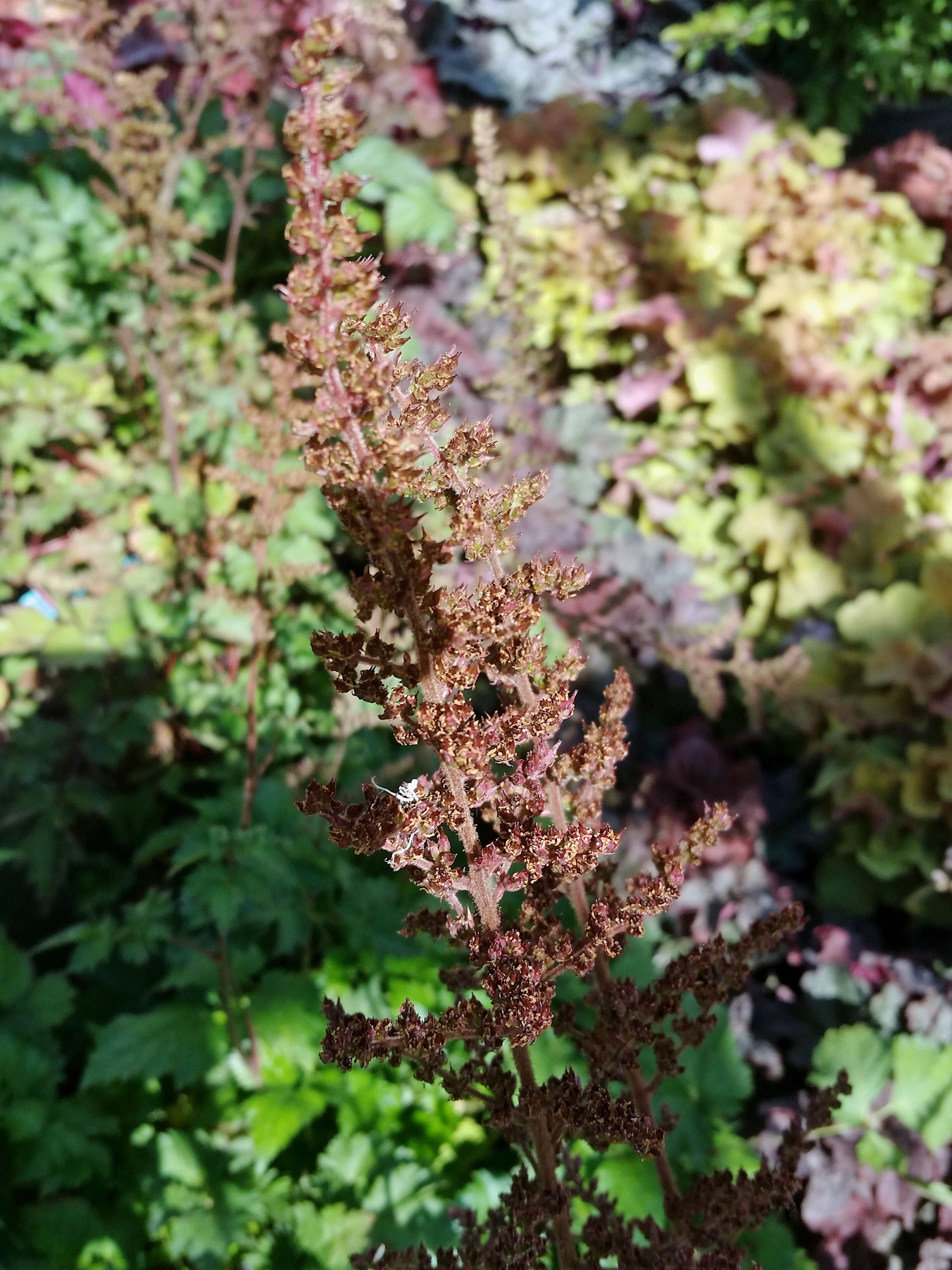 Troubleshooting Astilbe Diseases: Overcoming Problems Growing Astilbe Plants
Troubleshooting Astilbe Diseases: Overcoming Problems Growing Astilbe PlantsAstilbe plants are as tough as they are lovely. This doesn?t mean that they are completely pest free, however. For information on astilbe plant diseases, the following article will help. Click here to learn more.
By Teo Spengler
-
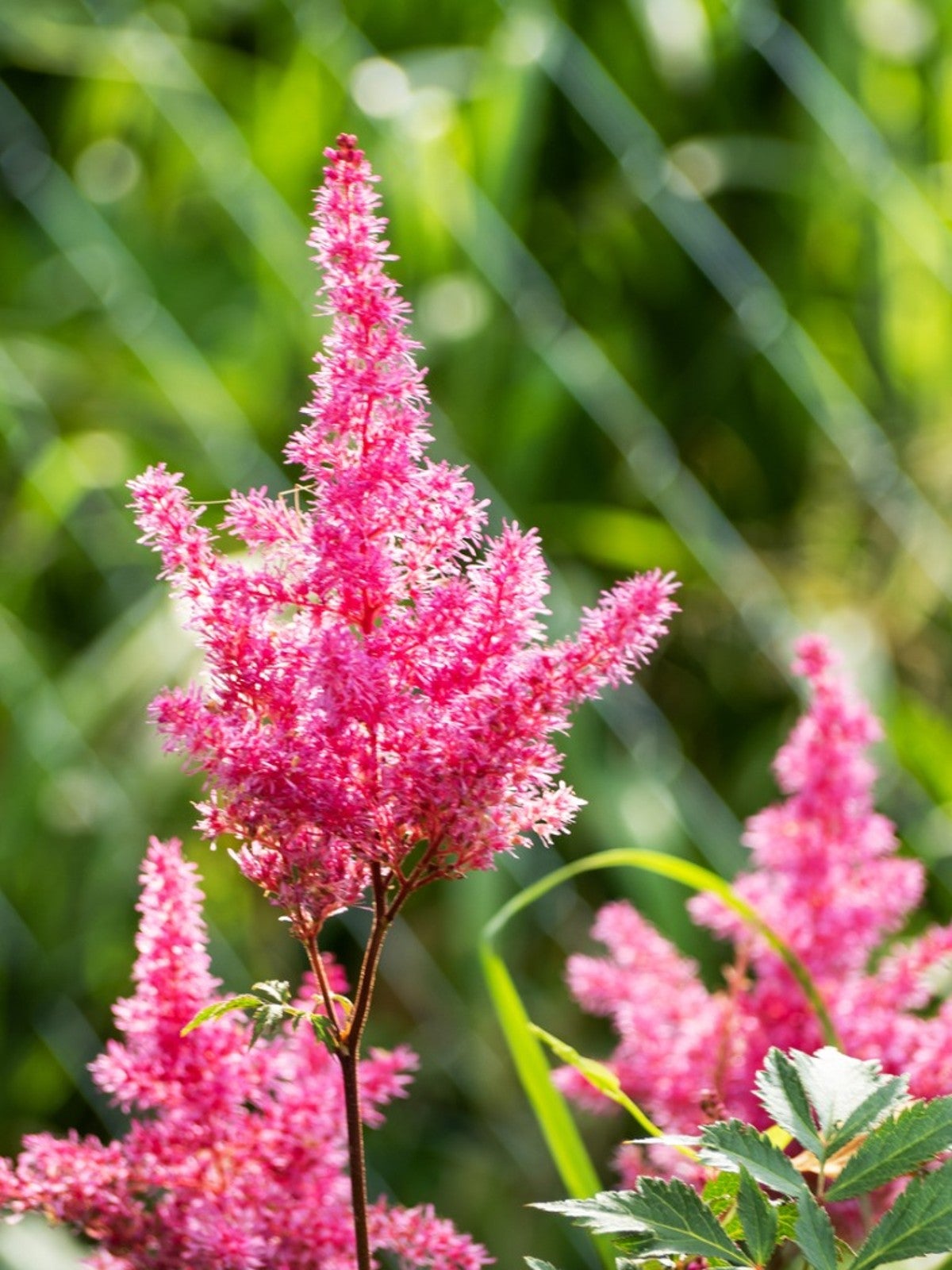 Tips On Feeding Astilbe: Learn About Fertilizer For Astilbe Plants
Tips On Feeding Astilbe: Learn About Fertilizer For Astilbe PlantsAstilbe produces vibrant, beautiful fronds of flowers, bringing color to dark areas. But how can you make sure you're getting the most out of your astilbe blooms? Click this article to learn more about how to fertilize astilbe plants.
By Liz Baessler
-
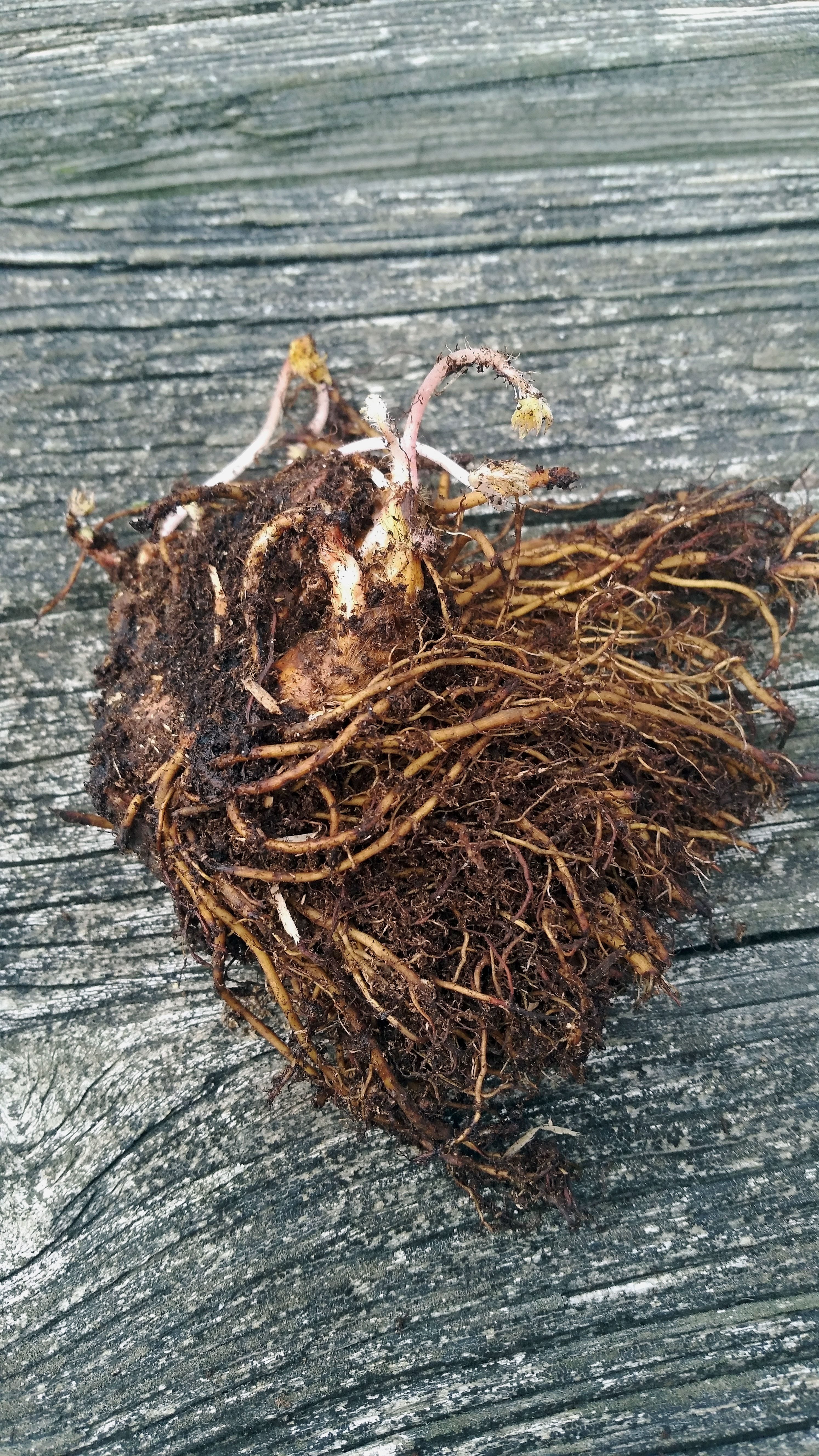 Astilbe Bare Roots – Learn About Bare Root Planting Of Astilbe
Astilbe Bare Roots – Learn About Bare Root Planting Of AstilbeAstilbe plants are usually propagated by root division in spring. Sometimes, however, they are sold bare root at that time. For more information about growing astilbe from bare roots, you should click on the following article.
By Teo Spengler
-
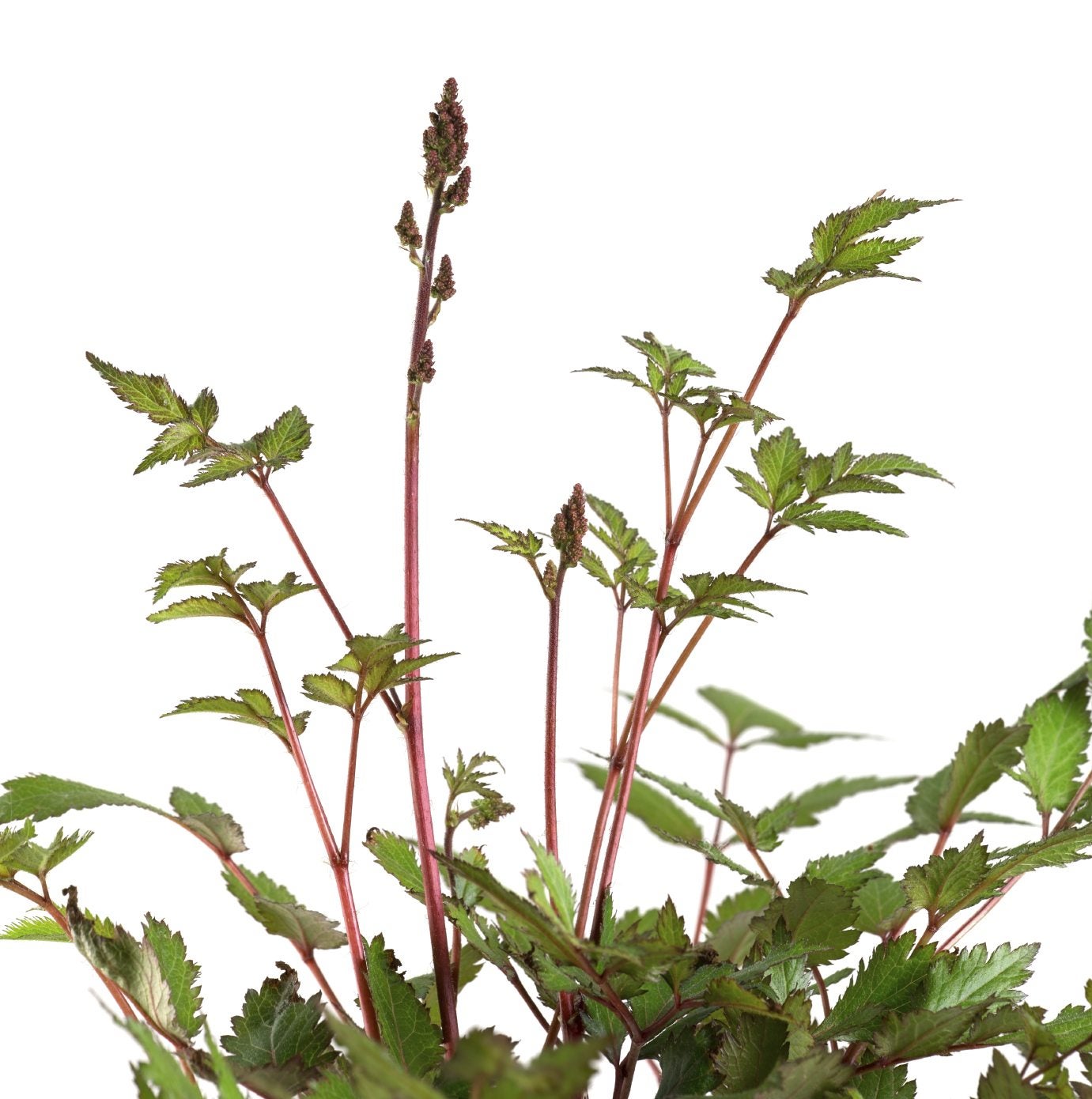 Astilbe Won’t Bloom: Reasons For Astilbe Not Blooming
Astilbe Won’t Bloom: Reasons For Astilbe Not BloomingAstilbe is one of America's most loved ornamental plants, and with good reason. This hardy perennial produces masses of blooms. It is generally a reliable bloomer, but if your astilbe won't bloom, there are several possible causes. This article will help.
By Mary H. Dyer
-
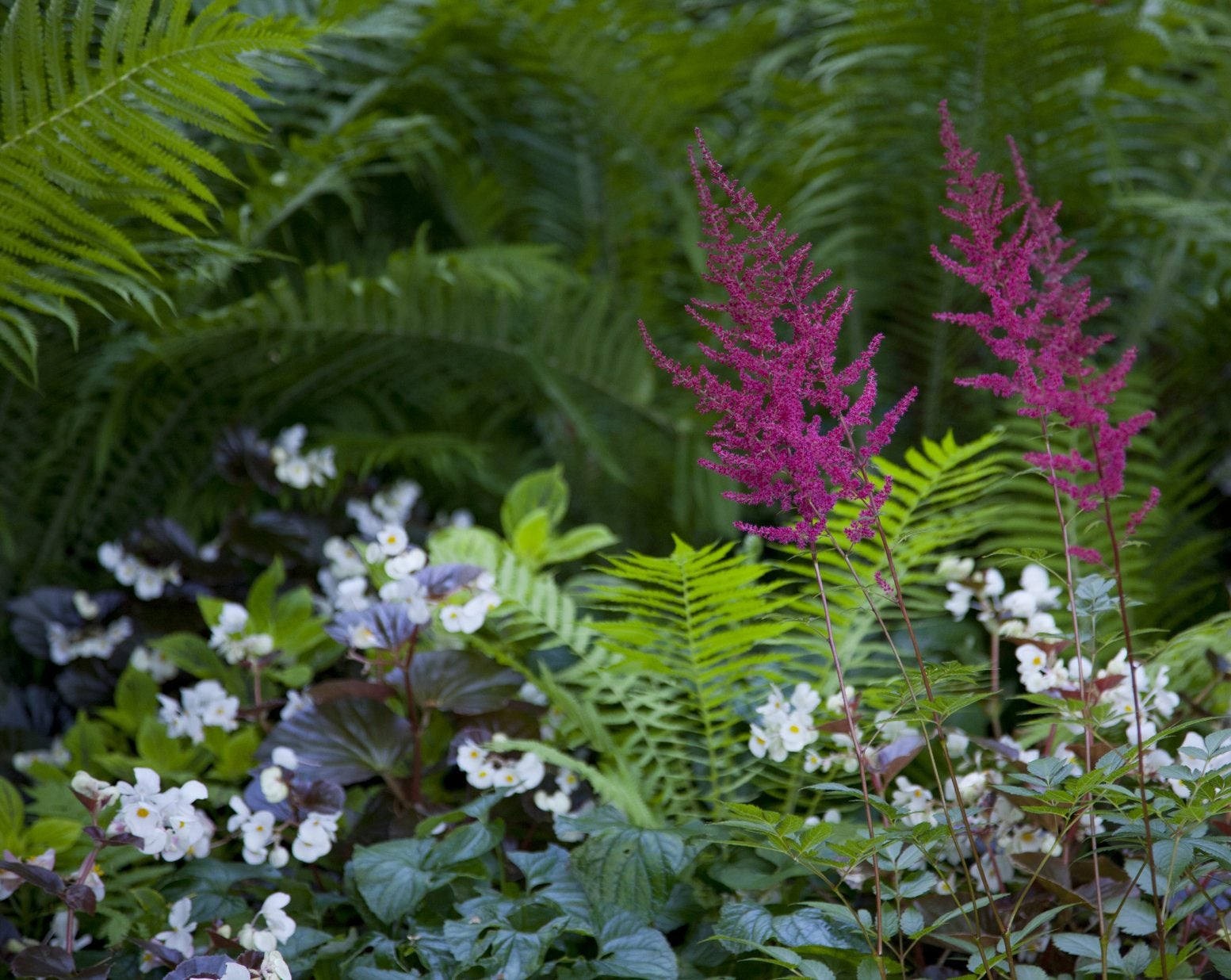 Astilbe Companion Planting: Companion Plants For Astilbe
Astilbe Companion Planting: Companion Plants For AstilbeAstilbe is a fantastic plant to have in your flower garden. But what else can go in those spaces with it? Click on this article to learn about astilbe companion planting and plants that grow well with astilbe.
By Liz Baessler
-
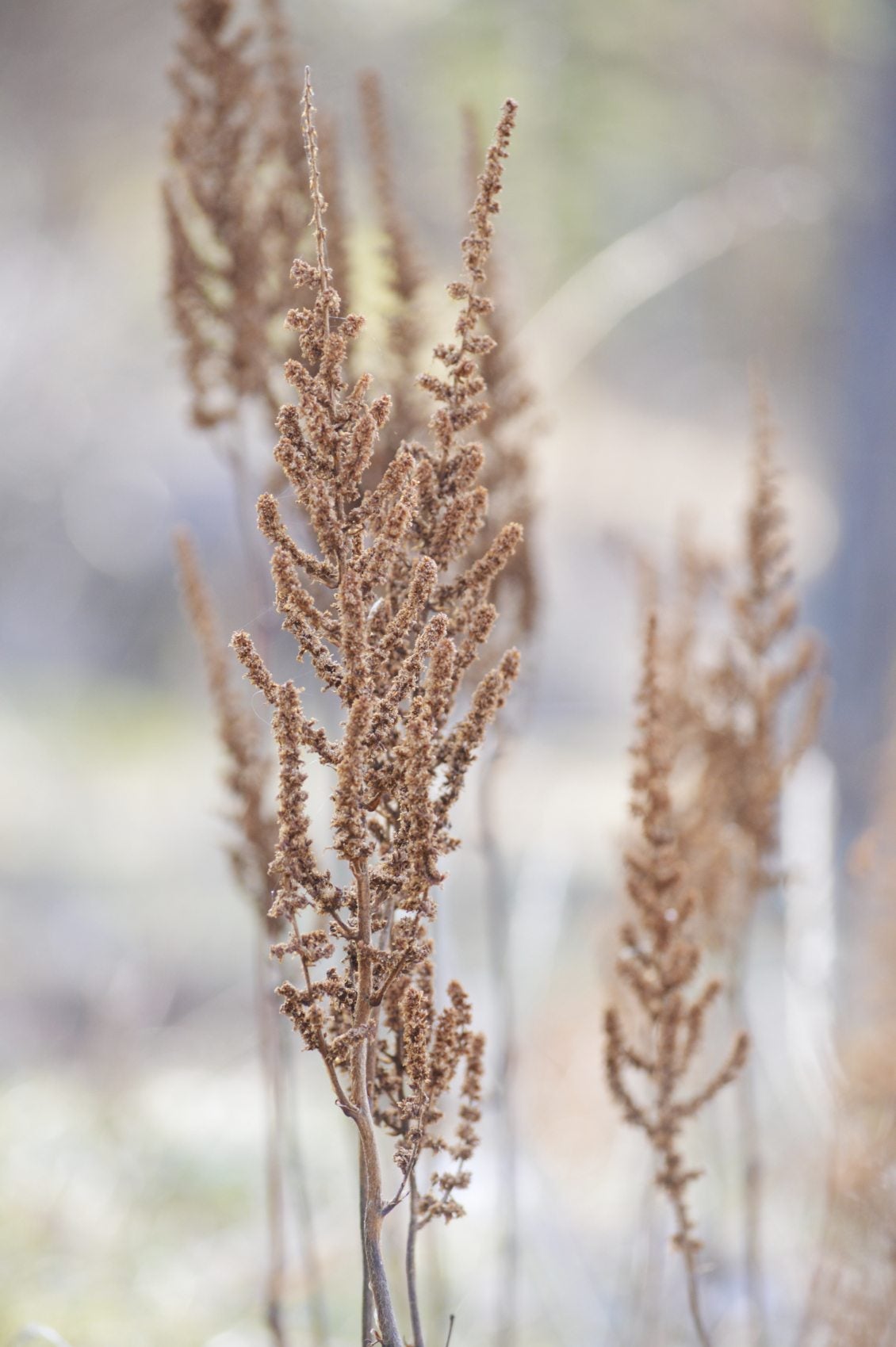 Astilbe Winter Care: How To Winterize Astilbe Plants
Astilbe Winter Care: How To Winterize Astilbe PlantsWhile it should survive for years, there are a few steps you can take to give astilbe a serious leg up and make sure it survives the cold. Find out how to care for astilbe plants in winter in the article that follows.
By Liz Baessler